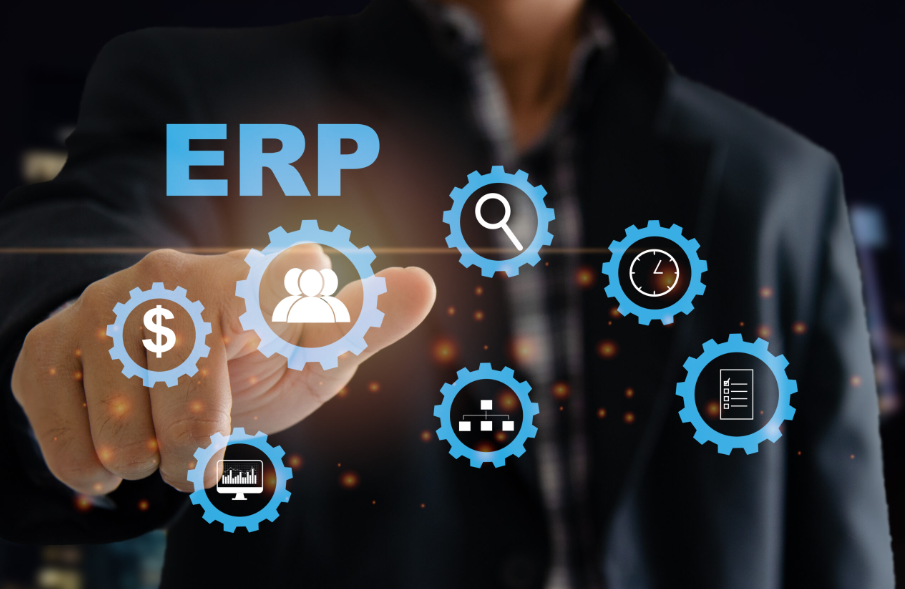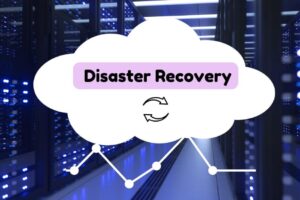
In today’s fast-paced business environment, choosing the right Enterprise Resource Planning (ERP) system can be a game-changer. ERP systems integrate various functions into one complete system to streamline processes and information across the organization.
The decision to select an ERP system should not be taken lightly, as it involves careful consideration of numerous factors to ensure it aligns perfectly with your business needs. This comprehensive guide will help you navigate through the complexities of selecting the right ERP system for your business, ensuring that you make an informed decision.
Understanding Your Business Needs
Before diving into the vast sea of ERP solutions, it’s crucial to have a clear understanding of what your business needs. Start by defining the key processes that you aim to improve and identify any specific issues that your current systems are failing to address.
Consider factors such as the size of your business, industry-specific requirements, and future growth plans. This initial assessment will not only help you pinpoint what you need in an ERP system but also assist in shortlisting the solutions that are best suited for your business.
Evaluating ERP Features and Benefits
Once you understand your requirements, compare the features offered by various ERP systems. Key features to look for include:
- Integration Capabilities: How well does the system integrate with your existing software? Seamless integration leads to improved efficiency and data accuracy.
- Scalability: Can the ERP system grow with your business? Choosing a scalable solution means you won’t have to switch systems as your business grows.
- User Interface: Is the interface user-friendly? An intuitive design can reduce training time and increase user adoption.
- Customization: How easily can the system be customized to fit your specific business processes?
- Support and Updates: What kind of support is offered? Are system updates regular and easy to implement?
Consider Deployment Options
ERP systems can be deployed on-premises, hosted, or in the cloud. Each option has its advantages and disadvantages:
- On-Premises: Involves a one-time investment in hardware and software but requires ongoing maintenance and IT staff.
- Hosted: The software is hosted by a vendor. It offers a middle ground between on-premises and cloud solutions, with lower upfront costs than on-premises ERP.
- Cloud-Based: Offers flexibility and accessibility since the system can be accessed from anywhere with an internet connection. It typically operates on a subscription model, reducing upfront costs.
Your choice will depend on factors such as budget, control over data, and IT infrastructure.
Cost Consideration
The cost of ERP systems varies widely and can be a significant factor in your decision-making process. Beyond the initial software and hardware expenses, consider the total cost of ownership, which includes customization, implementation, training, and maintenance fees.
Be sure to establish a realistic budget and consider the return on investment that a fully integrated ERP system could offer over time.
Selecting the Right Vendor
Choosing the right vendor is just as important as selecting the software itself. Look for vendors with a strong track record in your industry and those offering comprehensive support and training options.
Evaluate their customer service, check references, and ensure they have a robust user community or support network that you can tap into.
Conclusion
Selecting the right ERP system is a crucial decision that can significantly impact the efficiency and success of your business. By thoroughly understanding your business needs, evaluating the features and benefits of different ERP systems, considering all deployment options, and calculating the total cost of ownership, you can make an informed choice.








